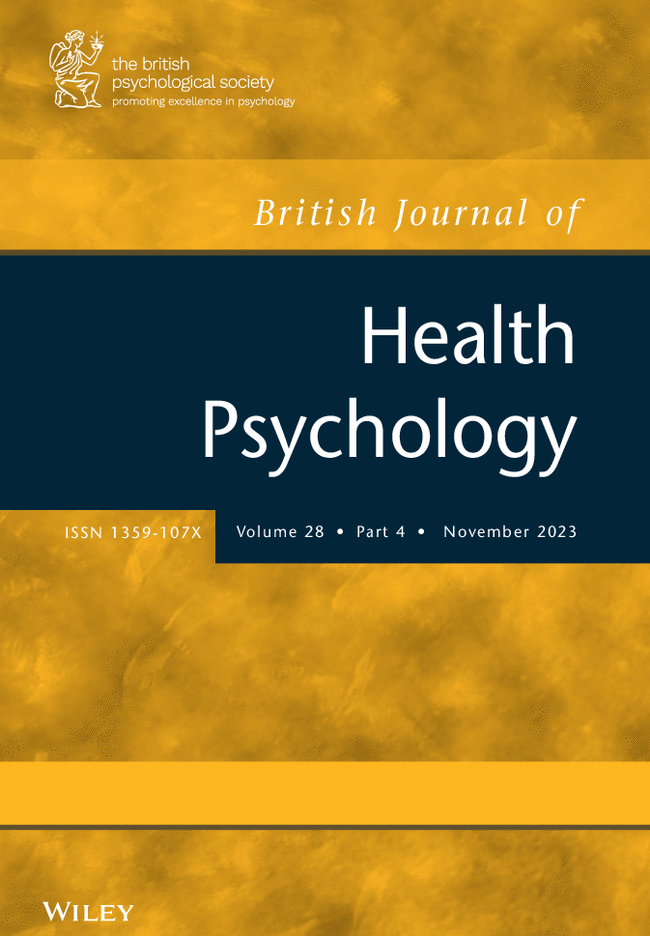An extension of the theory of planned behaviour to predict exclusive breastfeeding among Australian mother–father dyads using structural equation modelling
Abstract
Objectives
The objective of this paper was to examine the predictors of breastfeeding exclusivity at two time-points (6 and 26 weeks postpartum) using a dyadic mother–father extended model of the theory of planned behaviour.
Design/Method
A sample of 1139 first-time Australian mother–father dyads completed measures of each of the Theory of Planned Behaviour variables (intention, attitudes, subjective norms, and perceived behavioural control) and additional psychosocial and behavioural predictors of breastfeeding, including problems with breastfeeding, psychological distress, childcare stress, partner support, and the frequency and time of first public breastfeed. Confirmatory factor analyses were used to determine the factor structures of the latent constructs to be included in the structural model. Structural equation modelling was used to model pathways between variables.
Results
Breastfeeding exclusivity at 6 weeks was significantly predicted by breastfeeding self-efficacy at 6 weeks, intention to exclusively breastfeed, and frequency of public breastfeeding over the month prior, whereas childcare stress, partner support, time of first public breastfeed, and fathers' variables (attitudes and subjective norms) had little influence. Self-efficacy mediated the relationship between mothers' attitudes, psychological distress, and breastfeeding problems with breastfeeding exclusivity at 6 weeks. Breastfeeding exclusivity at 26 weeks was significantly predicted by mothers' attitudes, self-efficacy, breastfeeding exclusivity at 6 weeks, and frequency of public breastfeeding in the month prior.
Conclusions
The results highlight the importance of breastfeeding self-efficacy and confidence to breastfeed in public as crucial constructs in promoting long-term exclusive breastfeeding and provides support for an extended theory of planned behaviour model in predicting breastfeeding outcomes.

 求助内容:
求助内容: 应助结果提醒方式:
应助结果提醒方式:


